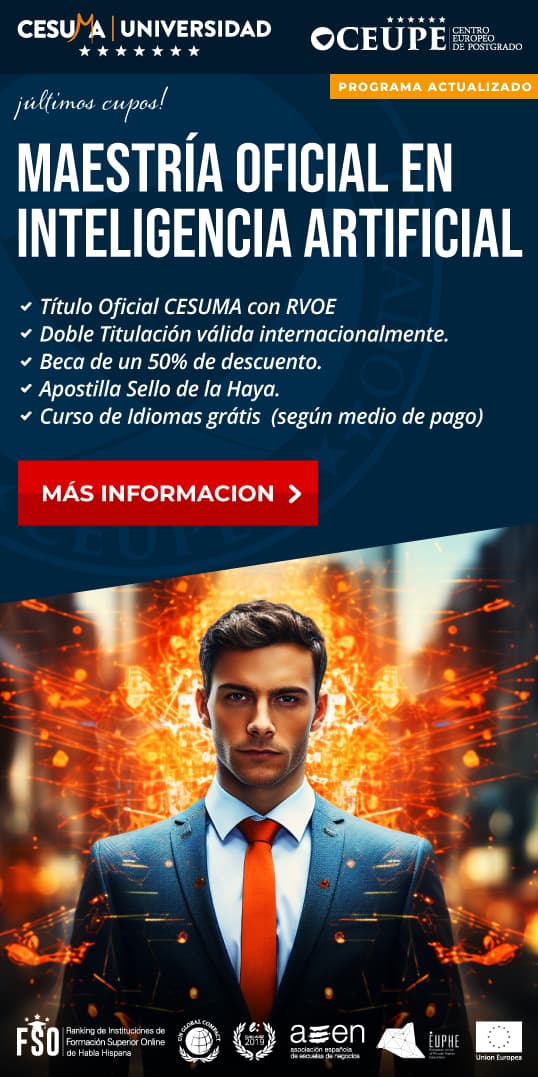Zoos and Aquariums Serve as Important Tools for Conservation Efforts
Zoos and aquariums are institutions that are dedicated to preserving and protecting different species of animals and aquatic life. They offer an important space for conservation efforts and play a crucial role in educating the public about the importance of wildlife management. Zoos and aquariums are instrumental in protecting endangered species and promoting sustainable living practices.
Conservation Education and Research
When many people think of zoos and aquariums, they often imagine large enclosures filled with exotic animals and fish for public viewing. However, these institutions do much more than offer entertainment value. They serve as invaluable resources for researchers and wildlife conservation scientists, who use them as an avenue for studying animals and aquatic life in their natural habitat. This research helps to establish conservation policies and programs that aim to protect and conserve endangered species.
Furthermore, zoos and aquariums also act as educational facilities where adults and children can learn about different aspects of wildlife and aquatic life. They offer interactive exhibits, tours, and programs that teach about the different ecosystems, the behavior of different species, and the importance of protecting these species from endangerment. This education is essential in generating public interest, support, and funding to fund conservation programs that help to save endangered species from extinction.
Biodiversity Preservation
Zoos and aquariums are instrumental in the preservation of biodiversity. Species that are housed in these institutions serve as a «backup» population in case their wild counterparts become extinct. This population, also known as «ex-situ conservation,» involves breeding and rearing animals in safe, controlled environments to establish genetically diverse populations.
Additionally, zoos and aquariums also facilitate the reintroduction of animals back into their natural habitats. These institutions provide adequate care, training, and rehabilitation for injured or orphaned animals that make them suitable for reintroduction into the wild. With proper rehabilitation and monitoring, these animals can continue to thrive in their natural habitats, and their population can recover.
Conservation Efforts and Species Preservation
One of the primary objectives of zoos and aquariums is to help preserve endangered, threatened, and vulnerable species from extinction. Through breeding programs and protected habitats, these institutions have been able to protect some of the most at-risk species from extinction.
For example, the California condor was a bird species that faced near-extinction in the 1980s, with only 27 known individuals remaining. However, thanks to the concerted efforts of conservationists, zoos, and aquariums, the population has grown to over 400 individuals. The success of this program is a testament to the value that zoos and aquariums bring to wildlife protection and conservation efforts.
Community Engagement and Awareness
Zoos and aquariums are also valuable assets in engaging local communities and raising public awareness about conservation issues. These institutions offer various educational programs and exhibits that teach about the different habitats, ecosystems, and species found locally and around the world. Through these programs, people can learn about different wildlife and aquatic life species, the challenges they face, and the role that individuals and communities can play in promoting conservation efforts.
Zoos and aquariums also serve as essential resources for academics and educators who teach about different aspects of wildlife and biodiversity. These institutions offer opportunities for students to learn from experts and engage with different animals, birds, and aquatic life in their natural habitats. By creating these educational experiences, zoos and aquariums inspire young learners to become actively engaged in conservation efforts and promote sustainable lifestyles.
Importance of Advocacy and Ethical Standards
All zoos and aquariums must prioritize the welfare of the animals they house while promoting conservation efforts. Mismanagement, exploitation, and unethical practices can severely undermine the conservation value that these institutions offer. In this light, zoos and aquariums must prioritize its commitment to animal welfare and promote ethical practice to gain public trust and support.
Zoos and aquariums must operate using the highest ethical standards, responsible practices, and transparency. They must ensure that the enclosures meet the proper size standards, environmental conditions, and exercise regimes to promote the well-being of the animals. They also have the responsibility to ensure that the staff is adequately trained in animal welfare and that the animals are properly cared for.
Conclusion
Zoos and Aquariums are essential for conservation and education efforts. Through research, breeding programs, and conservation-based education, these institutions have managed to protect and preserve endangered species from extinction, promote sustainable living practices and raise public awareness about conservation issues. Zoos and aquariums must strive to uphold ethical standards and animal welfare practices to maintain their reputation as crucial, valuable resources for biodiversity preservation. It is essential to acknowledge the importance of zoos and aquariums in wildlife conservation and appreciate the efforts made by these institutions to promote sustainable living methods and protect our planet’s ecosystems for the generations to come.
- Unlock the Power of Empathy: The Key to Understanding the Other Person - 28 de abril de 2023
- Exploring the world: Why traveling is the best investment you can make - 28 de abril de 2023
- Xenophobia: A poison that destroys harmony and progress in our society – Why we must take action now! - 28 de abril de 2023



